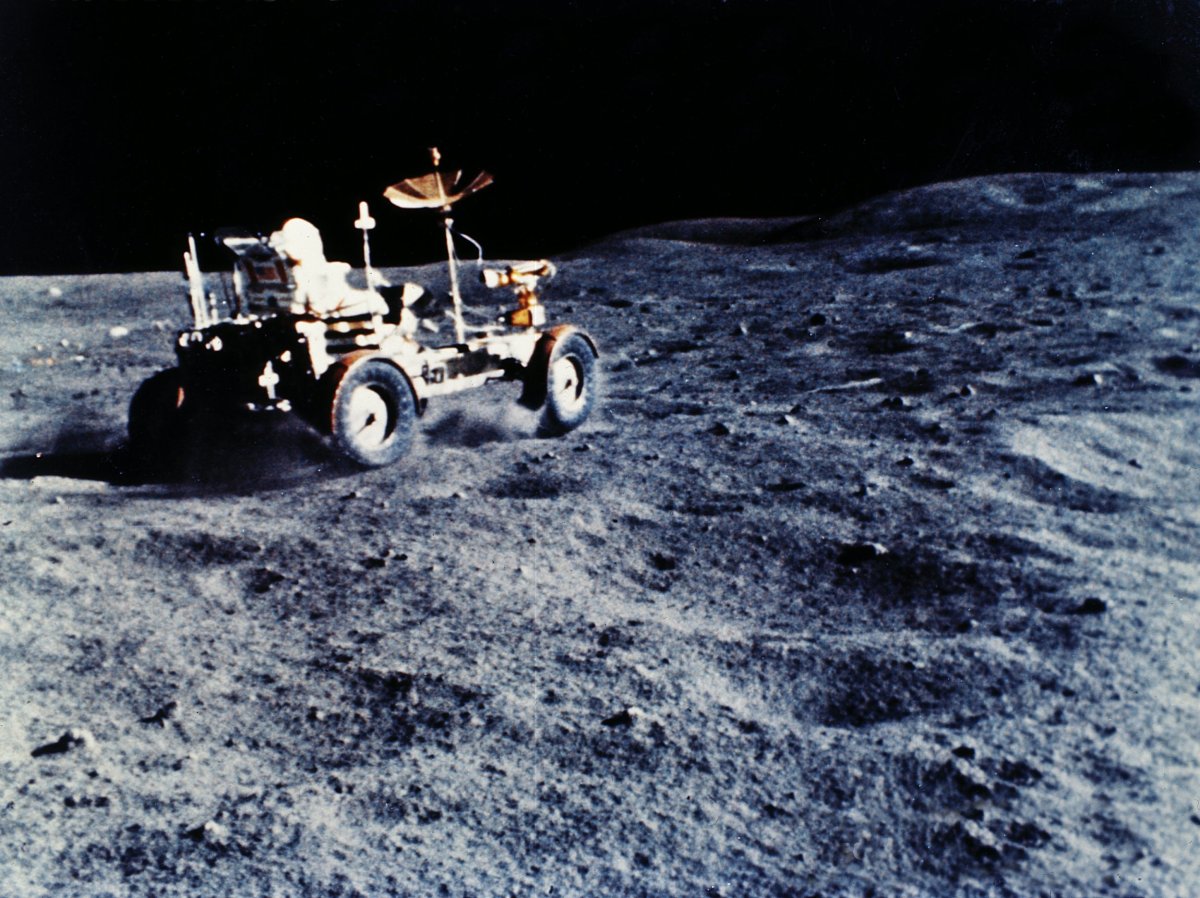When Apollo 16 launched 46 years ago, NASA was in the prime of its moon-faring days. It was the sixth mission to the lunar surface—though only the fifth one that actually landed—and came after a series of other trips in which astronauts reached the moon but did not touch down on it. However, it turned out that after Apollo 16, humans would visit Earth's sole natural satellite only one more time.
The basics
Apollo 16 launched from the Kennedy Space Center in Florida on April 16, 1972, on what would be NASA's second-to-last manned mission to the moon. During the launch, a Saturn V rocket carried the command service module Casper and the lunar module Orion.
A second chance
An original Apollo 13 astronaut who was swapped out over fears that he was infected with German measles, also known as rubella, got the call-up for Apollo 16 almost exactly two years later. Ken Mattingly had to sit out the earlier mission because he had been exposed to the infection and was replaced with astronaut Jack Swigert. Maybe it was lucky for Mattingly, because Apollo 13 suffered technical problems and had to return home without completing the mission. But he got another shot at the moon during Apollo 16. Mattingly went to the moon on Apollo 16 with John Young, who died earlier this year, and Charlie Duke.
It was Duke who inadvertently exposed Mattingly to the German measles—Duke was on the backup crew for Apollo 13 and caught the illness from his toddler son. Mattingly, however, never got sick.

What did the crew do?
When Casper reached the moon, Mattingly stayed aboard in orbit around the moon while Young and Duke descended to the surface in Orion. The latter two, with the help of a lunar rover, explored highland areas of the moon and collected rocks. Meanwhile, Mattingly was helping to make overhead observations, perform experiments and take photos. He also went on a spacewalk to collect film as the crew was on its way back to Earth.
Early exit
The Apollo 16 mission terminated a day early due to concerns over technical issues that popped up on the way to the moon and while in orbit around it. The crew splashed down on April 27, 1972.

Uncommon Knowledge
Newsweek is committed to challenging conventional wisdom and finding connections in the search for common ground.
Newsweek is committed to challenging conventional wisdom and finding connections in the search for common ground.
About the writer
To read how Newsweek uses AI as a newsroom tool, Click here.








